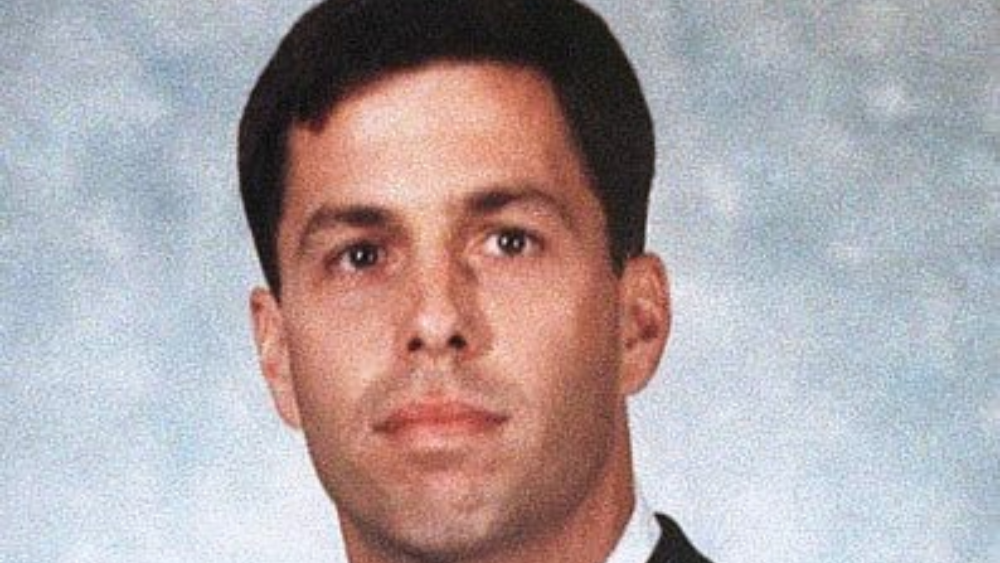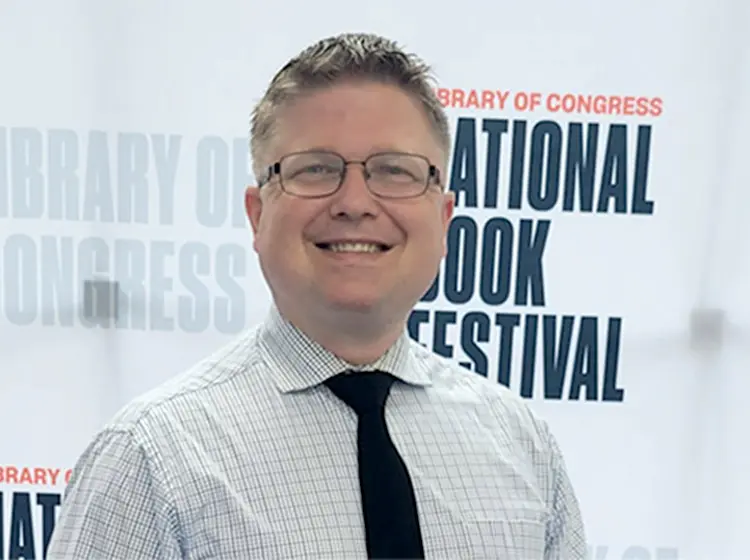Early Life & Education
Michael Scott “Scott” Speicher was born on July 12, 1957, in Kansas City, Missouri. When he was 15, his family relocated to Jacksonville, Florida, and he attended Nathan Bedford Forrest High School. Speicher graduated from Florida State University in 1980 with a bachelor’s in accounting and business management—a place that would later become central to his legacy. His father, Wallace Speicher, had served as a fighter pilot in World War II, inspiring Scott’s own path into aviation.
Speicher graduated from FSU in 1980, and soon after, on June 17 of that year, he joined the U.S. Navy, attending Aviation Officer Candidate School at NAS Pensacola. Over the next years, he earned his wings and flew both the A‑7 Corsair II and the F/A‑18 Hornet, eventually serving as a flight instructor on the Hornet and rising to Lieutenant Commander in Strike Fighter Squadron 81 (VFA‑81 Sunliners), based at NAS Cecil Field near Jacksonville.
While at FSU, Speicher met Joanne, whom he married; by the time of his deployment, he was the father of two young children—a daughter aged three and a son aged one.
Operation Desert Storm & The Shootdown
On January 17, 1991, the first night of Operation Desert Storm, Lt. Cmdr. Speicher was part of the opening wave of Coalition air strikes launched from the USS Saratoga. His mission: a high‑risk strike over western Iraq aimed at suppressing enemy air defenses. The weather was dark, the terrain unfamiliar, and anti‑aircraft fire intense.
Witnesses, including his wingmen, reported seeing a flash in the sky. It was followed by a fiery explosion, consistent with a missile strike on Speicher’s F/A-18. Some claimed it was a surface-to-air missile (SAM). While others, including Iraqi pilots later interviewed, said a MiG-25 Foxbat had fired an R-40 missile that struck the plane.
Initially, Speicher was declared “Killed in Action” in May 1991, but no wreckage had been recovered at the time.
The Mystery: Missing, Possible Survival, & Reclassifications
Though officials quickly labeled him KIA, family, pilots, and independent observers questioned whether Speicher could have ejected and survived:
- Canopy pieces and wreckage suggested the canopy was separated from the fuselage by over a thousand yards, implying ejection.
- Satellite imagery from 1994 reportedly showed a human‑made symbol in the desert, suggesting a possible Escape & Evade (E&E) signal.
- A visit to the crash site in December 1995, via the Red Cross, found unconvincing items—possibly planted—but investigators alleged ample evidence he had ejected.
In January 2001, Speicher’s status was formally changed to Missing in Action (MIA)—the first time the U.S. military ever downgraded someone from KIA to MIA. A year later, in October 2002, he was further reclassified as Missing/Captured. And based on rumors and questionable intelligence that Iraq may have held him captive at some point. In line with practice for MIA service members, he was even posthumously promoted to Commander in 2001, and then to Captain in 2002.
Despite all these changes, no conclusive evidence of survival ever emerged—only speculation and hope.
Discovery & Positive Identification
On August 2, 2009, nearly 18 years after his crash, U.S. Marines and Navy SEALs located remains in Anbar province in western Iraq, based on a tip from local Iraqis who said Bedouin tribesmen had buried an American pilot after the crash. A jawbone and dental records allowed Navy pathologists at Dover AFB to positively identify Captain Michael Scott Speicher.
The official cause of death was ruled “homicide by undetermined means,” with DNA confirming he survived the ejection but died afterwards. Following the recovery of his remains, the case was officially closed.
Speicher’s coffin was flown back to Jacksonville, Florida, on August 13, 2009, where a ceremonial transfer and emotional procession took place. He was laid to rest at Jacksonville Memory Gardens in a private ceremony attended by family and naval honor guards.
Honors, Memorials & Legacy
Captain Michael Scott Speicher received posthumous recognition, including the Purple Heart and Distinguished Flying Cross with Valor, cited for “outstanding leadership, tactical expertise and loyal devotion.” He was mourned by his wife, Joanne, and two young children.
At Florida State University, his alma mater, multiple memorials honor him:
- In 1993, the Scott Speicher Tennis Center was dedicated in his name.
- In February 2018, FSU unveiled a bronze memorial, featuring a pilot helmet (with flight jacket and cap added later) at the tennis facility—emphasizing his story, legacy, and the lessons of service and sacrifice.
In Jacksonville, a full-scale restored F/A‑18 Hornet—like the type he flew—now stands at the POW/MIA Museum near Cecil Field. Volunteers, including Boeing employees, refurbished the aircraft bearing his name so that his memory endures in his hometown.
Critically, Speicher’s case prompted new Pentagon policies: going forward, search and recovery efforts cannot be suspended until hard proof of death is established. This change ensures missing personnel receive persistent efforts on par with Speicher’s case.

Personal & Cultural Reflections
Captain Michael Scott Speicher was known among peers as determined, humble, and passionate about aviation. When assigned a mission, he insisted on flying—refusing to be left behind—and earned respect among fellow pilots for his sense of duty and skill.
His case also resonated with communities concerned about POW/MIA accountability. Critics accused military leadership of dismissing potential rescue or recovery efforts too soon. Senators and members of Congress pressed for transparency in the case, arguing that the initial classifications lacked sufficient evidence. Scrutiny of government conduct in missing-person cases also intensified as a result.
For Speicher’s family, the long ordeal was agonizing. His father publicly held out hope for years: “Scotty’s coming home,” he insisted, even years after the war ended—and despite widespread belief he’d died.
The Speicher Spirit
Captain Michael Scott Speicher’s life and loss have come to symbolize:
- Heroism and leadership – a seasoned naval aviator who led from the front.
- Enduring mystery and tragic uncertainty – from initial KIA classification, to later MIA status, to final identification nearly two decades later.
- Policy change – his case prompted lasting reforms ensuring that missing service members are pursued more diligently.
- Public memory and legacy – memorials at FSU, Cecil Field, and the POW/MIA Museum in Jacksonville preserve not only his name but the values of courage, sacrifice, and honor.
As one close friend and instructor remarked, Speicher’s story “will continue to save lives… we all have the Speicher spirit, and we will continue that Speicher spirit forever.”
Timeline Summary
| Year | Milestone |
|---|---|
| 1957 | Born in Kansas City, MO |
| 1970s–80 | Moved to Jacksonville, graduated from FSU, joined the Navy |
| 1991 | Shot down Jan 17 over Iraq; declared KIA May |
| 2001 | Status changed to MIA (first such case) |
| 2002 | Promoted to Captain; status changed to Missing/Captured |
| 2009 | Remains discovered; positively identified in August |
| 2009 | U.S. return and burial in Jacksonville |
| 2018 | FSU bronze memorial unveiled at tennis center |
| 2023 | Restored F/A‑18 on display in Jacksonville POW/MIA Museum |
Conclusion
Captain Michael “Scott” Speicher’s story is one of dedication, heartbreak, resilience, and institutional transformation. He flew bravely into the first night of the Gulf War, became the first U.S. combat casualty, vanished under uncertain circumstances, and was only confirmed dead 18 years later. His legacy lives on in memorials, policy changes, and public consciousness as a symbol of service and accountability.
His memory reminds us of the cost of war and the importance of never giving up on those who serve. Captain Speicher’s story continues to inspire Veterans, families, and a grateful nation.










